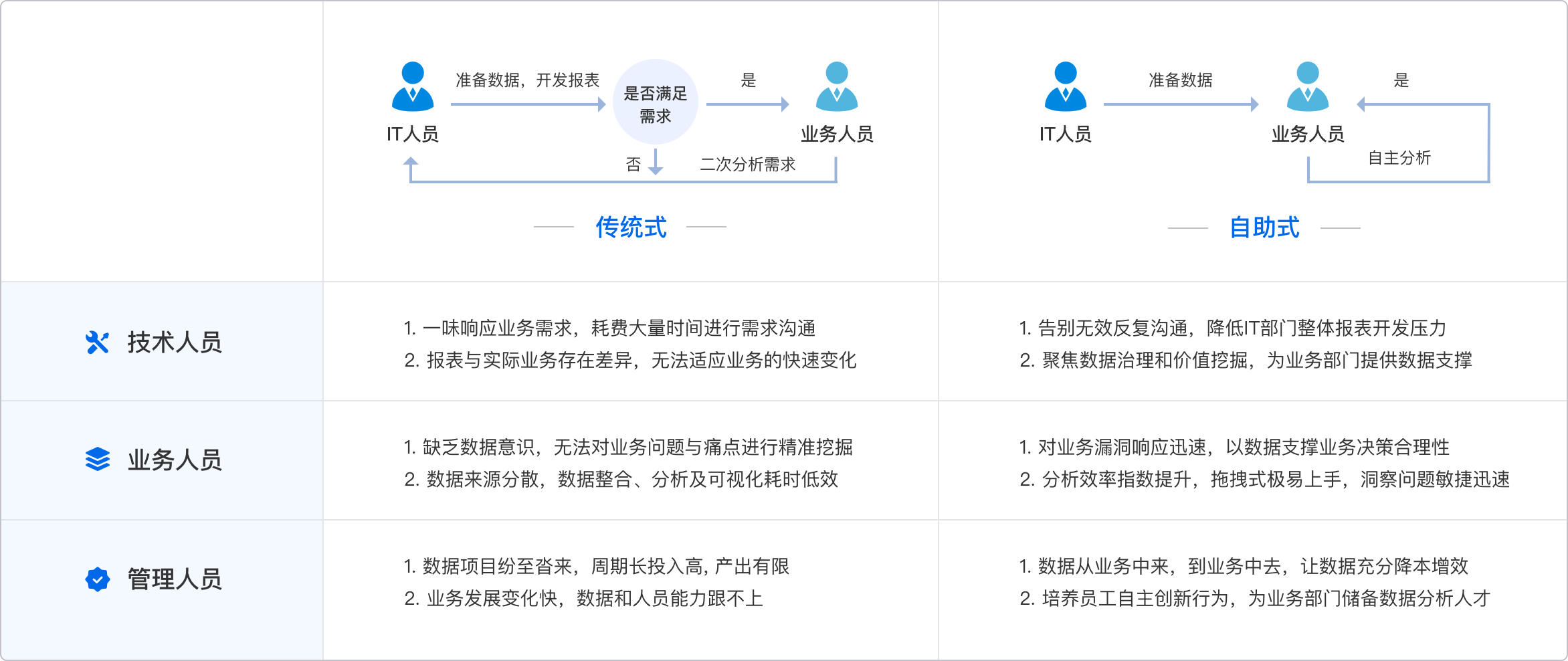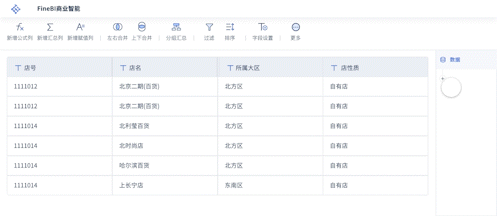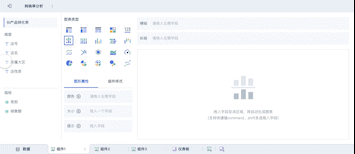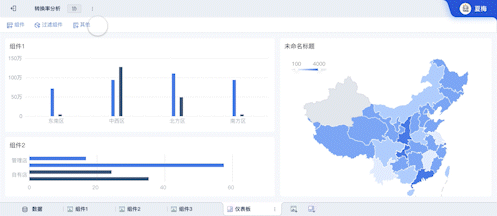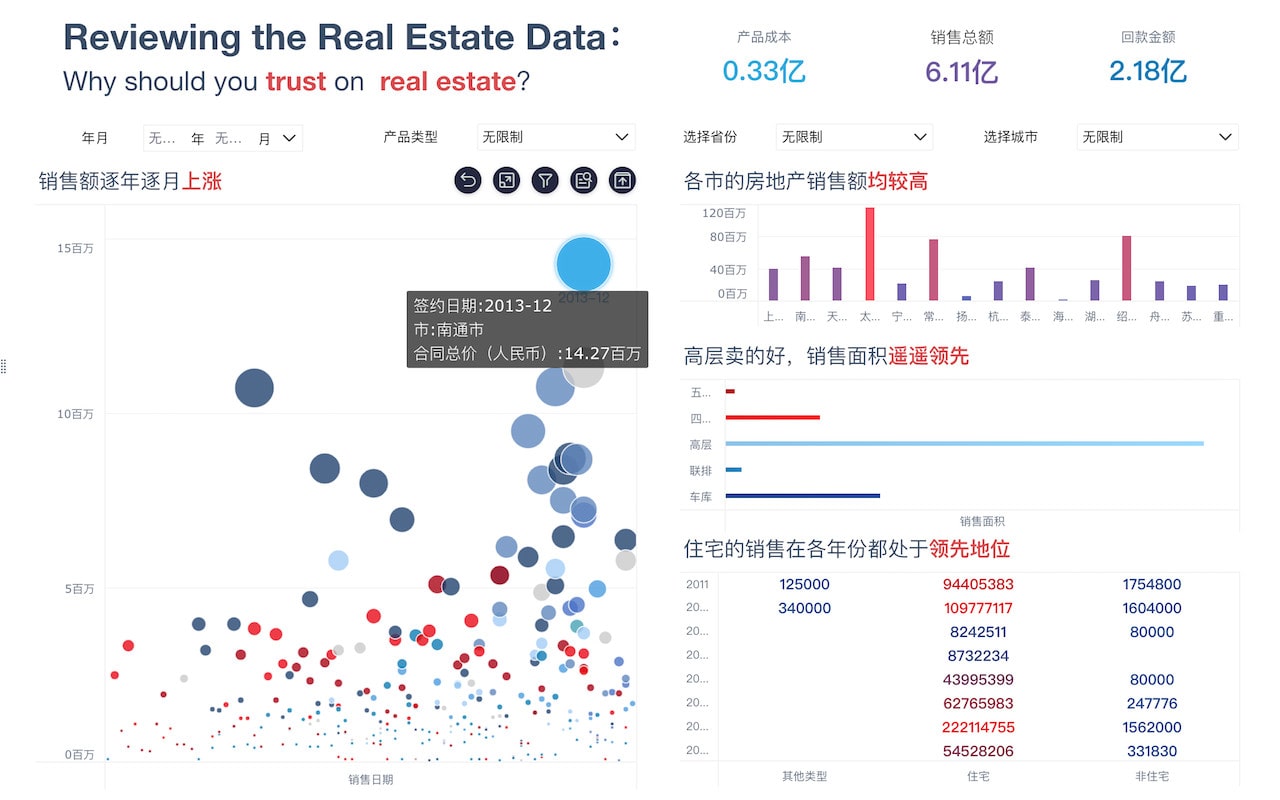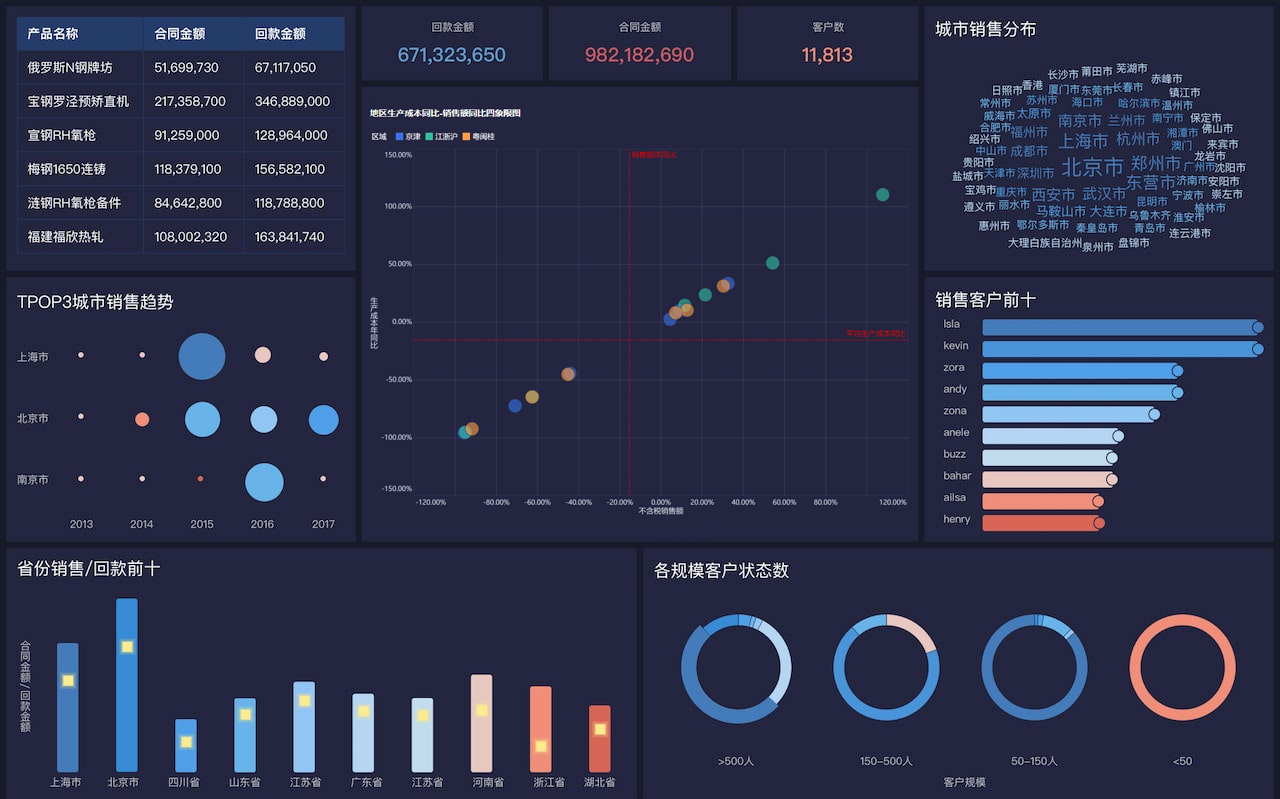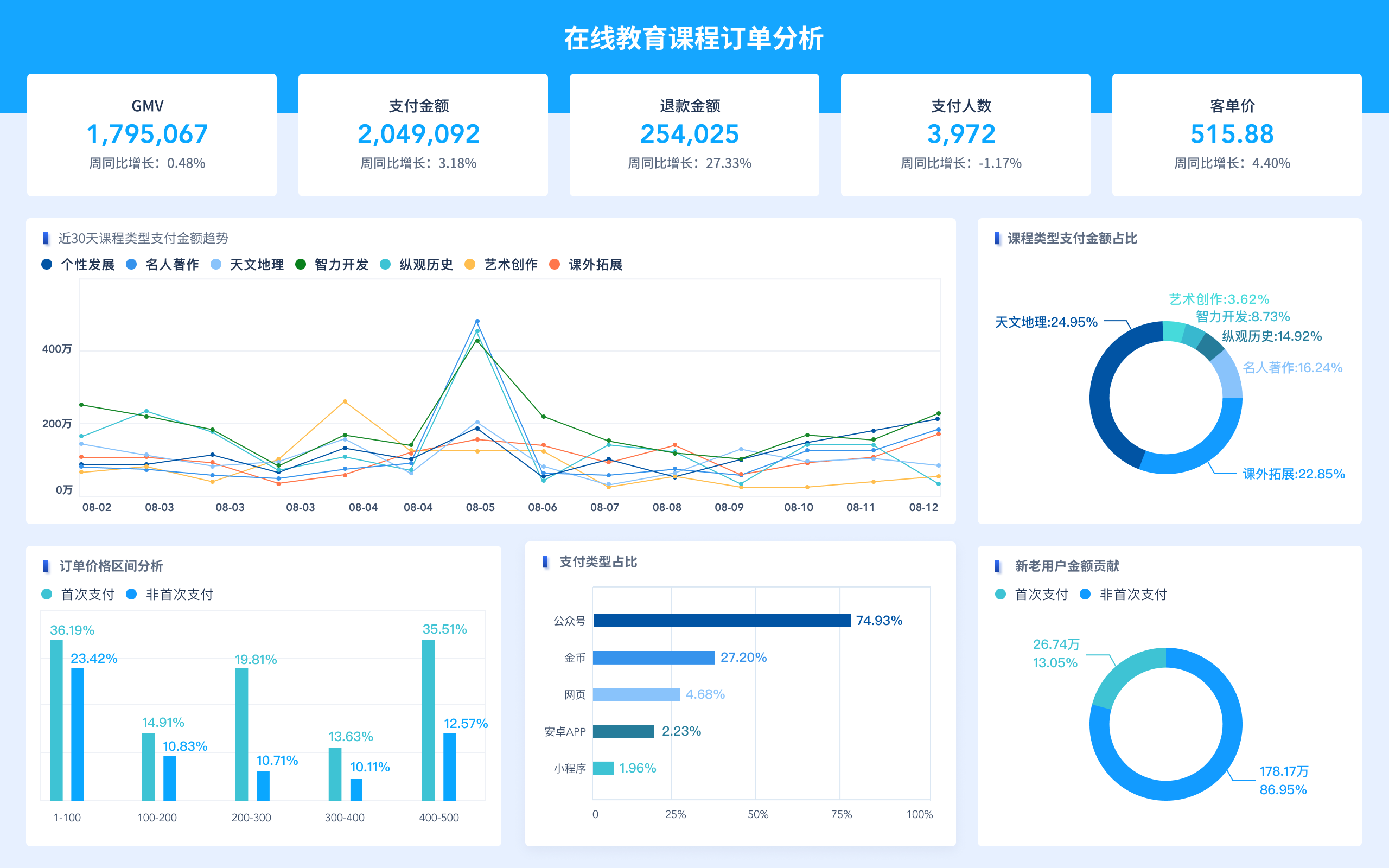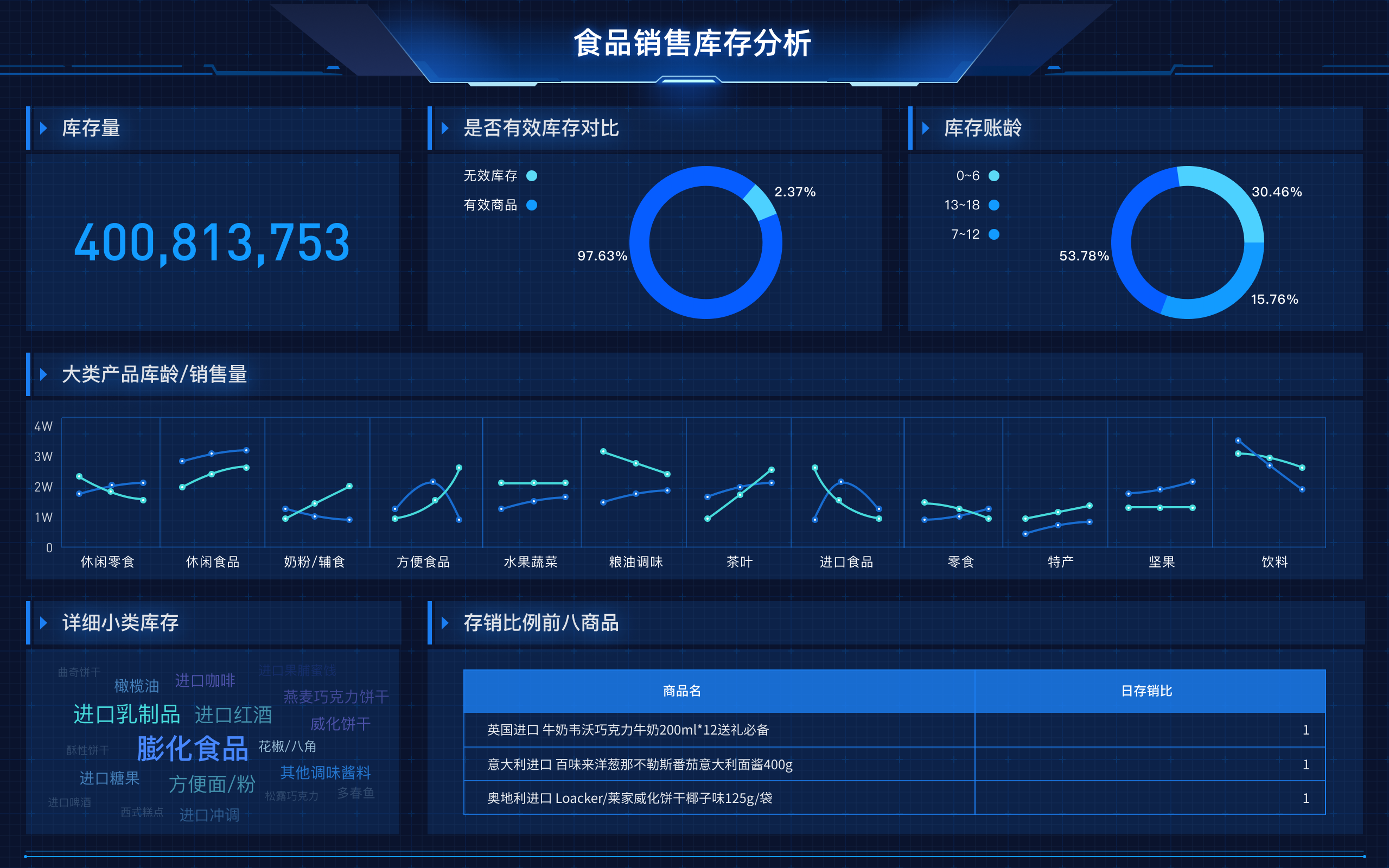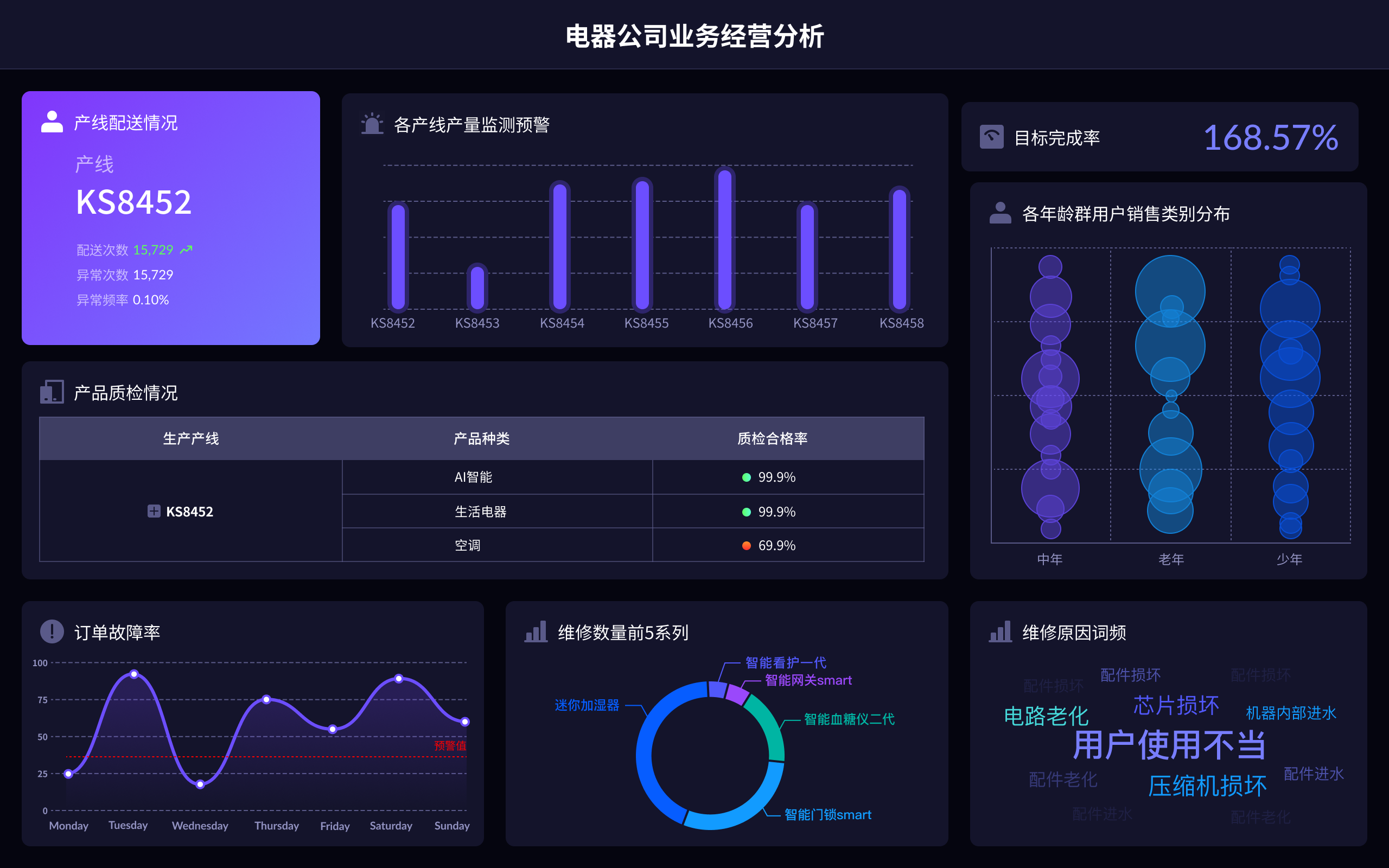
The purpose of big data analysis is to optimize decision-making, enhance operational efficiency, and drive innovation. By leveraging vast amounts of data, organizations can gain valuable insights, predict trends, and identify opportunities, which in turn helps in making informed decisions and staying competitive in the market. For example, big data analysis can help businesses understand customer behavior, improve marketing strategies, and reduce costs through better resource management.
I. OPTIMIZE DECISION-MAKING
One of the primary purposes of big data analysis is to optimize decision-making processes. By analyzing large datasets, organizations can extract actionable insights that inform strategic decisions. For instance, a retail company might analyze purchasing patterns to determine which products are popular among certain demographics. This information can then be used to tailor marketing campaigns, optimize inventory management, and improve customer satisfaction.
In practice, this means using FineBI, a powerful business intelligence tool, to visualize and interpret data trends. FineBI allows businesses to create interactive dashboards and reports that make data comprehensible and actionable. The intuitive interface of FineBI ensures that even non-technical users can derive insights from complex datasets, fostering a data-driven culture within the organization.
II. ENHANCE OPERATIONAL EFFICIENCY
Big data analysis is instrumental in enhancing operational efficiency. By examining data from various sources, organizations can identify inefficiencies and areas for improvement. For example, in the manufacturing sector, analyzing data from machinery sensors can help predict equipment failures and schedule maintenance proactively, thereby reducing downtime and maintenance costs.
FineBI is particularly useful in this context as it integrates data from multiple sources, providing a comprehensive view of operations. With FineBI, users can monitor key performance indicators (KPIs) in real-time, track workflow processes, and identify bottlenecks. This holistic approach enables organizations to streamline operations, improve productivity, and ultimately, increase profitability.
III. DRIVE INNOVATION
Driving innovation is another significant objective of big data analysis. By exploring and analyzing large volumes of data, companies can uncover new trends, customer needs, and market opportunities. This process can lead to the development of innovative products and services that meet evolving customer demands.
For instance, a technology firm might use big data analysis to understand user behavior on their platform, identify gaps in service, and develop new features that enhance user experience. FineBI supports this innovation by providing advanced analytics capabilities, such as machine learning algorithms and predictive analytics, that can uncover hidden patterns and trends. This allows organizations to stay ahead of the curve and continuously innovate.
IV. IMPROVE CUSTOMER EXPERIENCE
Improving customer experience is a crucial goal of big data analysis. By analyzing customer data, such as purchase history, feedback, and interaction patterns, businesses can gain a deeper understanding of their customers' preferences and behaviors. This insight enables companies to personalize their offerings and provide a more tailored customer experience.
FineBI plays a pivotal role here by offering customer analytics features that help businesses segment their customer base, track customer journeys, and measure customer satisfaction. With these insights, companies can design targeted marketing campaigns, develop loyalty programs, and enhance customer service, ultimately leading to increased customer retention and loyalty.
V. IDENTIFYING MARKET TRENDS
Identifying market trends is another critical purpose of big data analysis. By continuously monitoring and analyzing market data, organizations can detect emerging trends and adjust their strategies accordingly. This proactive approach helps companies stay competitive and capitalize on new opportunities.
FineBI's advanced data visualization and analytics capabilities enable users to spot trends and patterns in real-time. Whether it's tracking social media sentiment, analyzing sales data, or monitoring industry developments, FineBI provides the tools necessary to make informed decisions based on current market conditions. This foresight allows businesses to adapt quickly and remain agile in a rapidly changing market.
VI. RISK MANAGEMENT
Risk management is an essential aspect of big data analysis. By analyzing historical data and identifying patterns, organizations can predict potential risks and take preventive measures. This can include anything from financial risks to operational risks and cybersecurity threats.
FineBI supports risk management by providing comprehensive data analysis and visualization tools. Users can create risk dashboards that monitor key risk indicators (KRIs), analyze incident data, and perform scenario analysis. This proactive approach enables organizations to mitigate risks before they escalate and safeguard their assets and reputation.
VII. COST REDUCTION
Reducing costs is a significant benefit of big data analysis. By analyzing operational data, organizations can identify inefficiencies and areas where costs can be cut without compromising quality. For example, in supply chain management, big data analysis can optimize logistics, reduce waste, and improve supplier relationships.
FineBI's robust analytics capabilities allow organizations to perform cost analysis and identify cost-saving opportunities. Users can create detailed reports that highlight areas of high expenditure, track budget performance, and forecast future costs. This data-driven approach to cost management ensures that resources are used efficiently and effectively.
VIII. ENHANCING COMPETITIVE ADVANTAGE
Enhancing competitive advantage is a key objective of big data analysis. By leveraging data insights, companies can differentiate themselves from competitors and offer unique value propositions. This can include anything from personalized customer experiences to innovative product features.
FineBI empowers businesses to gain a competitive edge by providing advanced analytics and data visualization tools. Users can track competitor performance, analyze market trends, and identify opportunities for differentiation. With FineBI, organizations can make data-driven decisions that position them ahead of the competition.
IX. SUPPORTING STRATEGIC PLANNING
Supporting strategic planning is another important purpose of big data analysis. By providing a comprehensive view of the business landscape, big data analysis helps organizations develop long-term strategies that align with their goals and objectives.
FineBI facilitates strategic planning by offering powerful data analysis and reporting features. Users can create strategic dashboards that provide insights into key business metrics, track progress towards goals, and identify potential challenges. This data-driven approach to strategic planning ensures that organizations are well-prepared to achieve their objectives.
X. IMPROVING PRODUCT DEVELOPMENT
Improving product development is a crucial goal of big data analysis. By analyzing customer feedback, usage data, and market trends, organizations can develop products that meet customer needs and preferences.
FineBI supports product development by providing advanced analytics and data visualization tools. Users can track product performance, analyze customer feedback, and identify areas for improvement. This data-driven approach to product development ensures that new products are well-received by the market and meet customer expectations.
In conclusion, the purpose of big data analysis is multifaceted, encompassing optimizing decision-making, enhancing operational efficiency, driving innovation, improving customer experience, identifying market trends, managing risks, reducing costs, enhancing competitive advantage, supporting strategic planning, and improving product development. By leveraging tools like FineBI, organizations can harness the power of big data to achieve these objectives and stay competitive in the market.
For more information about FineBI and its capabilities, visit the official website: https://s.fanruan.com/f459r;
相关问答FAQs:
What is the purpose of big data analysis?
The purpose of big data analysis is to extract valuable insights and information from large and complex datasets. By analyzing massive amounts of data, organizations can identify patterns, trends, and correlations that can help them make informed decisions, improve operations, and gain a competitive advantage in the marketplace. Big data analysis allows businesses to better understand their customers, optimize processes, detect anomalies, and predict future outcomes. Overall, the goal of big data analysis is to leverage data as a strategic asset to drive growth, innovation, and success.
本文内容通过AI工具匹配关键字智能整合而成,仅供参考,帆软不对内容的真实、准确或完整作任何形式的承诺。具体产品功能请以帆软官方帮助文档为准,或联系您的对接销售进行咨询。如有其他问题,您可以通过联系blog@fanruan.com进行反馈,帆软收到您的反馈后将及时答复和处理。


